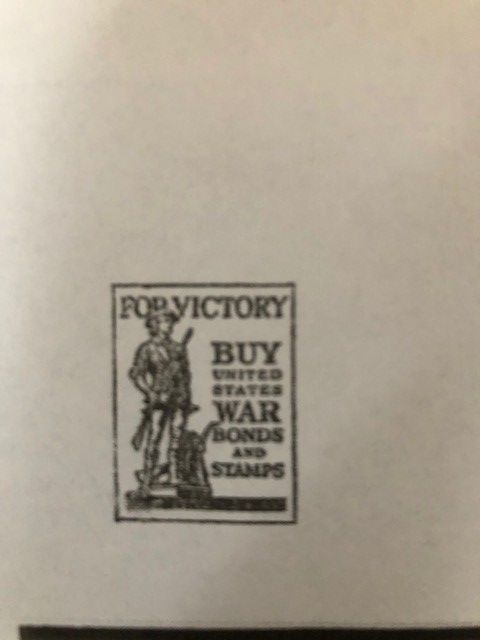The Power of Memory
Little things are at play in my mind. I do not have a photographic memory but I have perhaps something similar with voice and smell and experience that holds onto the littlest things. I remember conversations with exact detail, sounds, smells, and what someone was wearing during some event or other. Unfortunately, such a memory can be a little frustrating and overwhelming, especially when someone says, “I never said that,” because I remember with clear detail what a person said or did. My niece also has such a memory. She brings things up from when she was very little or reminds someone that they actually said this, not that. To top it off, she is only eight years old! Such a memory can also be a painful because people who are no longer with us and activities you participated in with them are so fresh in your mind.
I was probably only 3 or so but I remember visiting my great-grandmother (Mama Minnie) with my father. I remember her opening the garage door – they had an automatic opener very avant-garde in the 1970s – and seeing her standing on the stoop inside. I remember the long bench in her kitchen and the gentle swooshing noise as she moved with her walker slightly dragging one of her braced legs – she had Paget’s Disease. I remember her dark living room with sofas encrusted in plastic – protection from wear and tear! I remember my other great grandmother – Other Nana – and sitting at her feet playing with the laces on her shoes as my parents and Nana worked in the basement. I was not allowed down there so I sat with Other Nana, eating gum drops out of the cow candy dish and watching “The Osmond Show.” I was less than three years old, maybe two at the most – my brother had not yet been born.
Sometimes a smell will overpower me, as if a person from my past is right there. My Nana’s perfume for instance. Or a place. At 12, I remember sitting under the Mitchell House grape arbor listening to Elizabeth Yager speak of the Mitchell family. She knew so much detail that I always thought of her being related to them. She wasn’t – but she did know cousins of Maria’s. She was probably in her 80s as she sat there on the bench talking to me. I sat on the flagstone. I remember her visor and her neat housedress in light blue and her Ked sneakers with tennis socks.
The more I remember these people the more they continue to live. I am a firm believer in that. That is why at the Mitchell House, when someone is on a tour with us, it’s more like storytelling in a way. Recounting events in the lives of the Mitchells, their own stories or words about their daily life. Bringing it to life so that we not only learn about the past, but also the people who shaped our present. Retelling the stories of Maria’s cousins and nieces and nephews – stories I learned from those who knew them (like Elizabeth) – it’s not a direct connection but it’s closer than you find in most museums. It’s unique and makes their stories my own and their stories yours as well.
JNLF
Recent Posts




